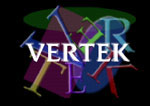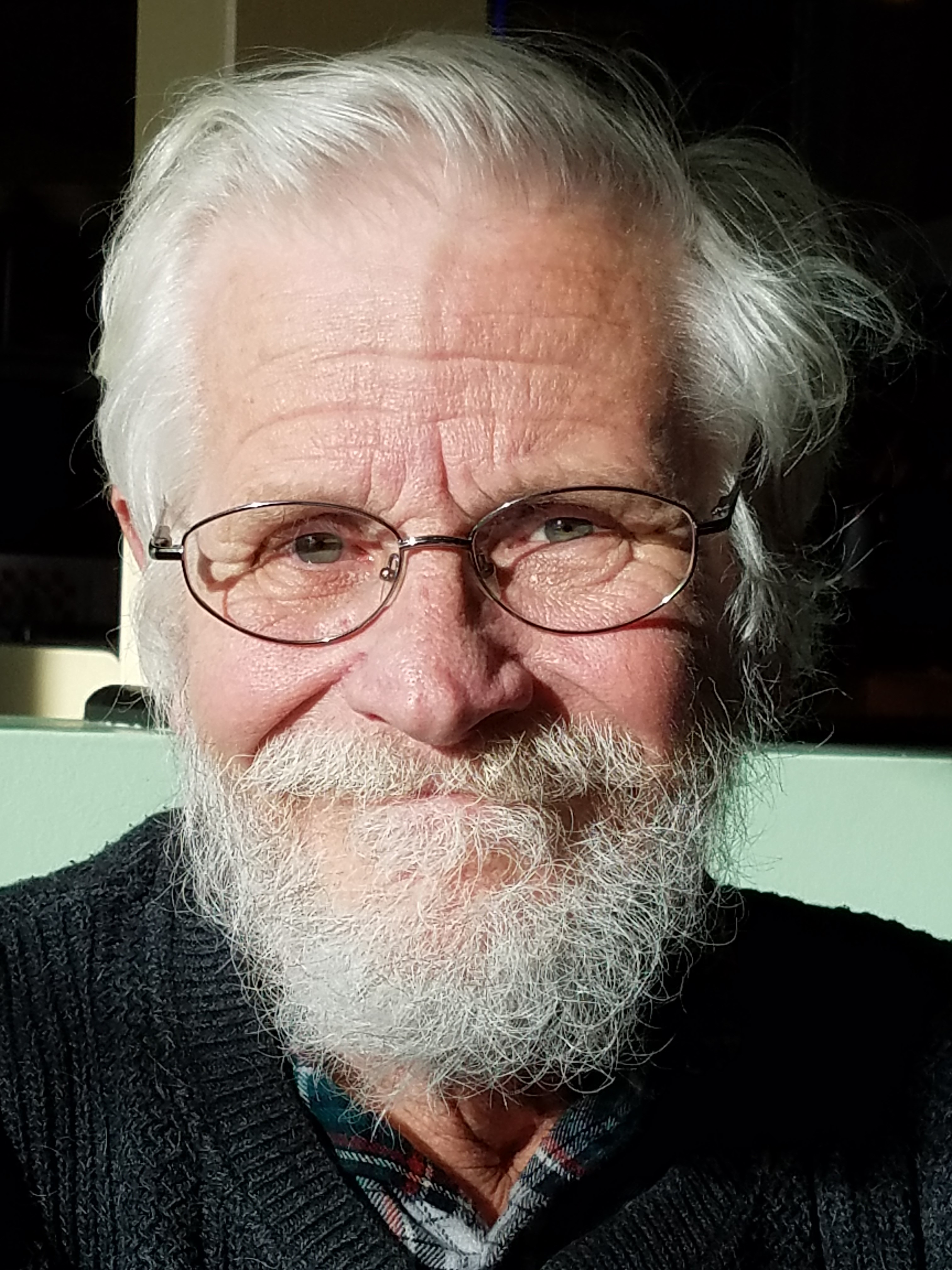For Important Evidence-Based Work Decisions
All NEW - Web-Based PRODUCT RELEASES!!! ... Read More
... REMEMBERING ED SMITH ...

Designing computer software to assist vocational professionals determine transferability of skills, explore occupational requirements, assist job placement efforts, classify and report occupational information and assist career job counseling.
VERTEK® was organized as a proprietorship in September 1983 and incorporated in July 1984 as VERTEK OIS, Inc. After the passing of one of the original founders, Gale Gibson, the assets of VERTEK were acquired by SkillTRAN LLC in 2010. All remaining VERTEK employees joined the SkillTRAN team of employees.
Software products originally developed by VERTEK and now maintained by SkillTRAN LLC includes: OASYS Job-Match, OASYS, OccuBrowse+, and OccuBrowse. Each product contains slightly different database selections and features. All VERTEK software products make use of occupational descriptive information, wage, and salary data, and group employment estimates (database). Explore the Products and other sections of the SkillTRAN web site for more information.

Job Browser Pro
Indispensable, budget-friendly, easy-to-use DOT-based software, complete with Labor Market Information and special way to estimate employment numbers at the DOT level.
More c; c;New Version 1.7.4
OccuBrowse
Search all DOT-based worker characteristics to quickly get occupations within certain limits. Group Labor Market Information by OES Groups. Great companion to the Job Browser Pro.
OASYS
Best known for its transferability of skills process, it is a powerful professional tool for intensive use of occupational data to deliver services and render/support expert opinions.
TRY OUR SOFTWARE FREE for 15-Days!
That's right! 15 days to try out our popular Job Browser Pro &/or OccuBrowse Software.
If you are a vocational expert or a claimant representative, please download our software.
You will find that your life gets so much easier to examine basic things like work history, physical demands of occupations, employment numbers, and hypotheticals. If you have not been using software for these basic tasks, you won't believe how much time you are going to save!
Try it ... you'll like it!
Online Services
Online services since 1982! Pioneers in:
- Transferable Skills Service (TSS)
- Pre-Injury/Post-Injury Analysis (PREPOST)
- Labor Market Information (LMI)
- Long-Term Occupational Growth Projections
- Employer Listings for Job Search and Labor Market Survey
- Real Job Openings
CCS identifies occupations a person can do using transferable skills and interests from past work experience and training. The report generated by CCS IS EASILY INTERPRETED BY THE CLIENT. The report encourages active, self-directed client decision making by non-disabled clients. It is best when followed up with supplementary labor market information after the client has narrowed vocational choices down to a few realistic possibilities. CCS is designed for high volume processing of cases in outplacement, transition assistance, welfare return-to-work, schools, military --> civilian transition, etc. CCS may also be useful in divorce cases, as it considers occupations within a narrow band of transferability and interests.
NOTE: If a client has a disabling condition, use PPS instead for career planning purposes. The PPS report will require professional input and interpretation.
- Generates a self-interpreting report intended for direct client interpretation and self-directed career planning
- Appropriate for all types of non-disabled workers
- Complete job descriptions for 12,741 occupations
- National and local employment estimates
- Wage information creates realistic understanding of the local labor market in many locations
- Encourages career decision making based on local realities
Chapter 4 of the 1991 Revised Handbook for Analyzing Jobs (RHAJ) defines Work Fields:
Work fields, a component of work performed, are categories of technologies that reflect how work get done and what gets done as a result of the work activities of a job: the purpose of the job. There are 96 worker fields identified for use by the USES for classification of all jobs in the economy in terms of what gets done on the job.
Work fields range form the specific to the general and are organized in to homogeneous groups, based on related technologies or objectives, such as the movement of materials, the fabrication of products, the use of data, and the provision of services. Each Work field is identified by a three digit code, a brief descriptive title, and a definition. In many cases a comment is included which enlarges upon the definition and limits or extends the application of the work field. Also, cross-references are frequently included which distinguish one Work Field form other related Work Fields.
Combination Work Fields are general categories of work fields that contain combinations of work fields to cover jobs involving various technologies. For example, structural fabricating-installing-repairing includes combinations of such specific work fields as abrading, nailing, riveting, and welding. However, in some situations, the analyst may elect to assign the specific work fields, rather than a combination of work fields, to express the overall objective of a job.
SkillTRAN presents these Combination Work Fields in a slightly modified format here.
 This is the March 4, 2017 audio recording of George Watters, Jeff and Jinnie Truthan. This was an interview conducted in a noisy restaurant environment to gather information that formed the background for the 8 page book chapter about George in the 2017 publication "A History of Private Sector Rehabilitation".
This is the March 4, 2017 audio recording of George Watters, Jeff and Jinnie Truthan. This was an interview conducted in a noisy restaurant environment to gather information that formed the background for the 8 page book chapter about George in the 2017 publication "A History of Private Sector Rehabilitation".
Click here to listen to this interview. The full audio runs for 112 minutes.
George M. Watters, Jr. was the original designer of the VIPS (Vocational Information Processing System) and VARS (Vocational Adjudication and Rehabilitation System) programs developed by Ability Information Systems, Inc. (AIS) from the early 1980's until 1988. CAPCO: The Capability Corporation (also JobQuest in 1995) assumed control of AIS products then through the year 2000. SkillTRAN LLC then acquired the software and hardware assets from CAPCO/JobQuest and has continued delivery of online services in various formats since then. SkillTRAN has completely rebuilt the code for its newest cloud-based services, ever indebted to the foresight of George's sound, original concepts. May George rest now in eternal peace.
Jeff prepared a tribute to George that was shared at George's memorial celebration on October 27, 2018.
